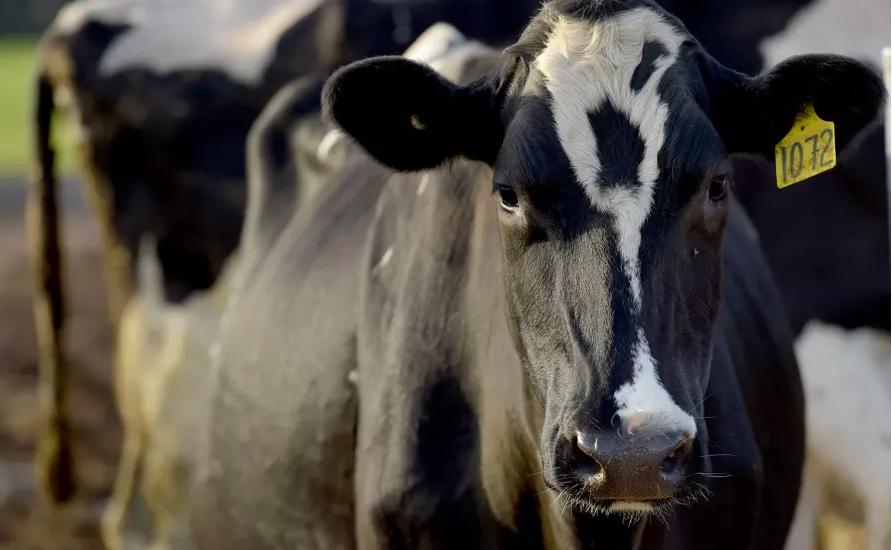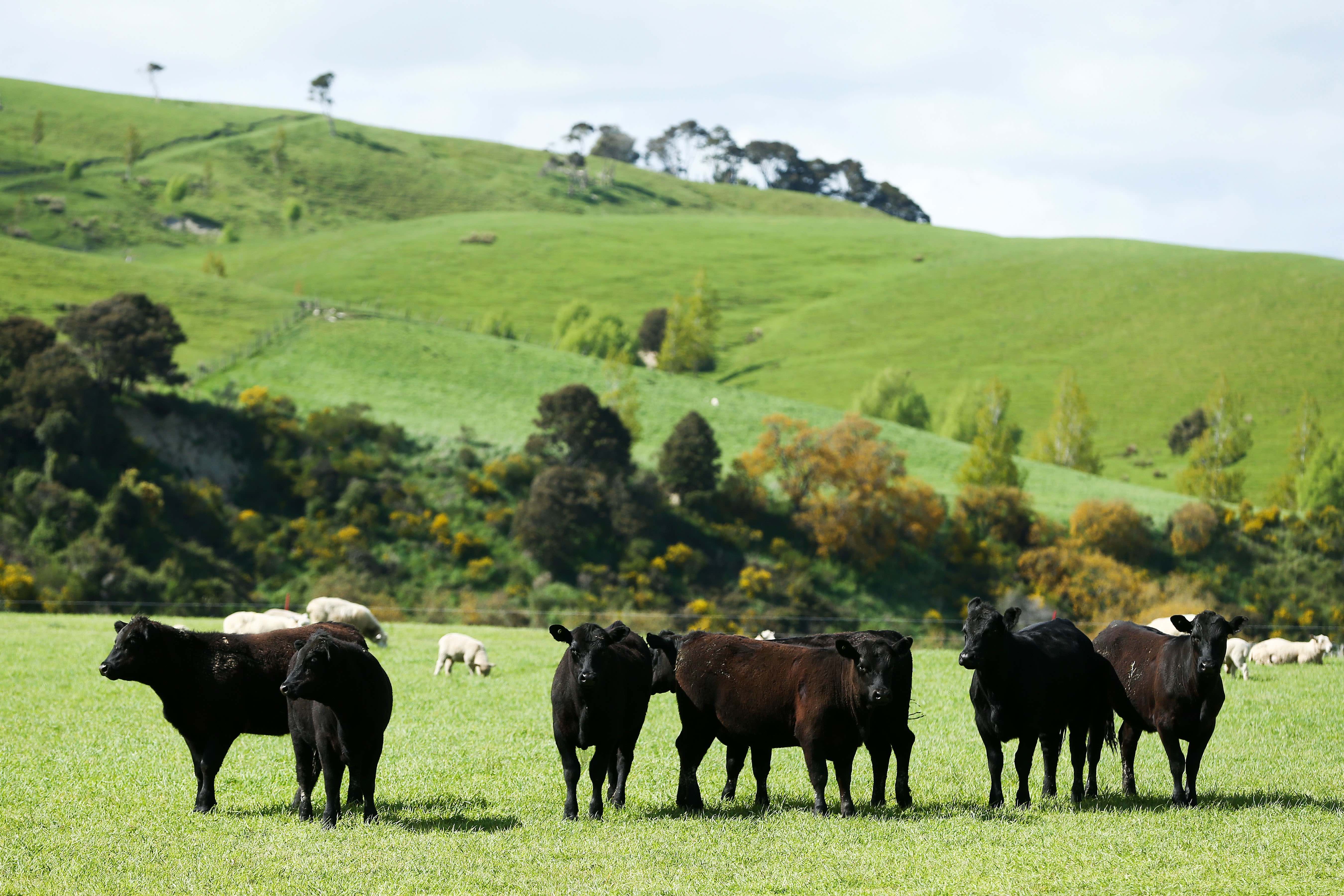
Sciences & Technology
One size doesn’t fit all for conserving our iconic kangaroos

New research aims to find a solution for one of dairy’s major problems – developing a vaccine for Mycoplasma bovis mastitis using CRISPR technology
Published 7 March 2021
The dairy industry is Australia’s fourth largest rural industry, with production valued at $A4.8 billion between 2019 and 2020 and a workforce of more than 43,500 people.
And Australians love their dairy. In fact, we consume around 97 litres of milk and 13.6 kilograms of cheese per person every year.

In order to supply this demand the industry produces more than 8.7 billion litres of milk annually, with an average cow producing more than 16 litres per day.
For the cows, this level of production can place considerable stress on their udders (or mammary glands) making it vulnerable to bacterial infection, which can lead to inflammation of the udder or mastitis.
Mastitis is the biggest infectious disease problem in the dairy industry, worldwide.

Sciences & Technology
One size doesn’t fit all for conserving our iconic kangaroos
The costs, including reduced milk quality and production plus prevention and control, are the biggest many dairy farmers’ will face. In fact, it’s estimated that clinical mastitis in an Australian dairy herd can cost about $A5400 during a lactation period.
But it’s not just about the cost. Mastitis can cause health and welfare problems for infected cows, and the antibiotics used to treat the animals can be a significant contributor to the worldwide rise in antimicrobial resistance.

There are four bacterial pathogens responsible for most mastitis in cattle – with the exception of Mycoplasma bovis, the other three pathogens can be controlled by antibiotics. But M. bovis is not susceptible to antibiotic therapy and has a tendency for developing resistance to many antibiotics.
So, in the absence of an effective vaccine, the separation and culling of infected cows to prevent further spread is currently the only method recommended for control of M. bovis on infected farms.
In Australia, M. bovis outbreaks were first reported in 2005 in Western Victoria, but were subsequently seen in other dairying regions, which had serious economic impacts on affected farms.

Arts & Culture
If our animals could speak
Similarly, many European countries have seen the re-emergence of M. bovis in their dairy herds and even countries that were previously free, like New Zealand, have now had cases.
This led to recognition of M. bovis as an important pathogen threatening both the Australian dairy industry and livestock production around the world.
In early 2000s, actually detecting M. bovis infected cattle was a struggle because of the lack of a sensitive and specific detection tool. It meant the industry in many countries couldn’t institute appropriate control measures because the prevalence and the impact of M. bovis in cattle herds were still unknown.

In 2014, I worked to develop a detection tool that enabled large epidemiological studies both in Australia and in Europe in estimating the severity of M. bovis infection in their cattle industries.
During my research, I found that M. bovis has become endemic. More Australian cattle herds are affected by M. bovis than earlier estimations indicated – meaning that the potential economic, commercial and animal welfare implications are much greater than we previously thought.
The detection tool has now been commercialised and used around the world to screen cattle herds and separate infected animals, preventing the introduction of infection into herds.

Health & Medicine
Finding an ‘early warning’ for preeclampsia
Now, I am part of a joint project working with New Zealand biotechnology company, Pictor Ltd, funded by the New Zealand Ministry of Primary Industries, to develop a new diagnostic tool that can support the eradication of M. bovis inNew Zealand.
But the eradication of the infection is costly – especially for a country like Australia where the infection is endemic. If we look at the 2017 M. bovis outbreak in New Zealand’s dairy herd as an example; a national eradication program to stamp out M. bovis is currently underway which comes at a budgeted cost of $NZ886 million.
My next goal is to develop an effective vaccine against M. bovis using CRISPR technology to control of M. bovis in endemic countries.

The CRISPR system (which stands for Clustered Regularly Interspaced Short Palindromic Repeats) is a technology that can be used to edit genes in a range of organisms. The technology was adapted from the natural defence mechanisms of bacteria to prevent attacks by viruses and other foreign bodies.
Recently, researchers in our laboratory have successfully used CRISPR for the first time in mycoplasma species.

Sciences & Technology
The importance of teaching boys about brilliant women
I will use these same techniques to create changes in genes important for the survival and spread of M. bovis, in the mammary gland, generating a bacterium/vaccine unable that doesn’t cause disease, but stimulates the cow’s immune system well enough to protect it from M. bovis disease.
The development of a safe M. bovis vaccine will help us reduce the use of antibiotics in the dairy industry which, in turn, will help us manages the development of antibiotic resistance in other cattle pathogens and in pathogens that can be transferred to humans from cattle.
But importantly, a vaccine will help to control mastitis in dairy herds both here in Australia and overseas – protecting and promoting animal welfare, milk production and the dairy industry.
Banner: Shutterstock